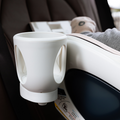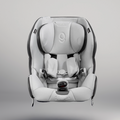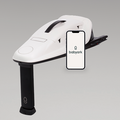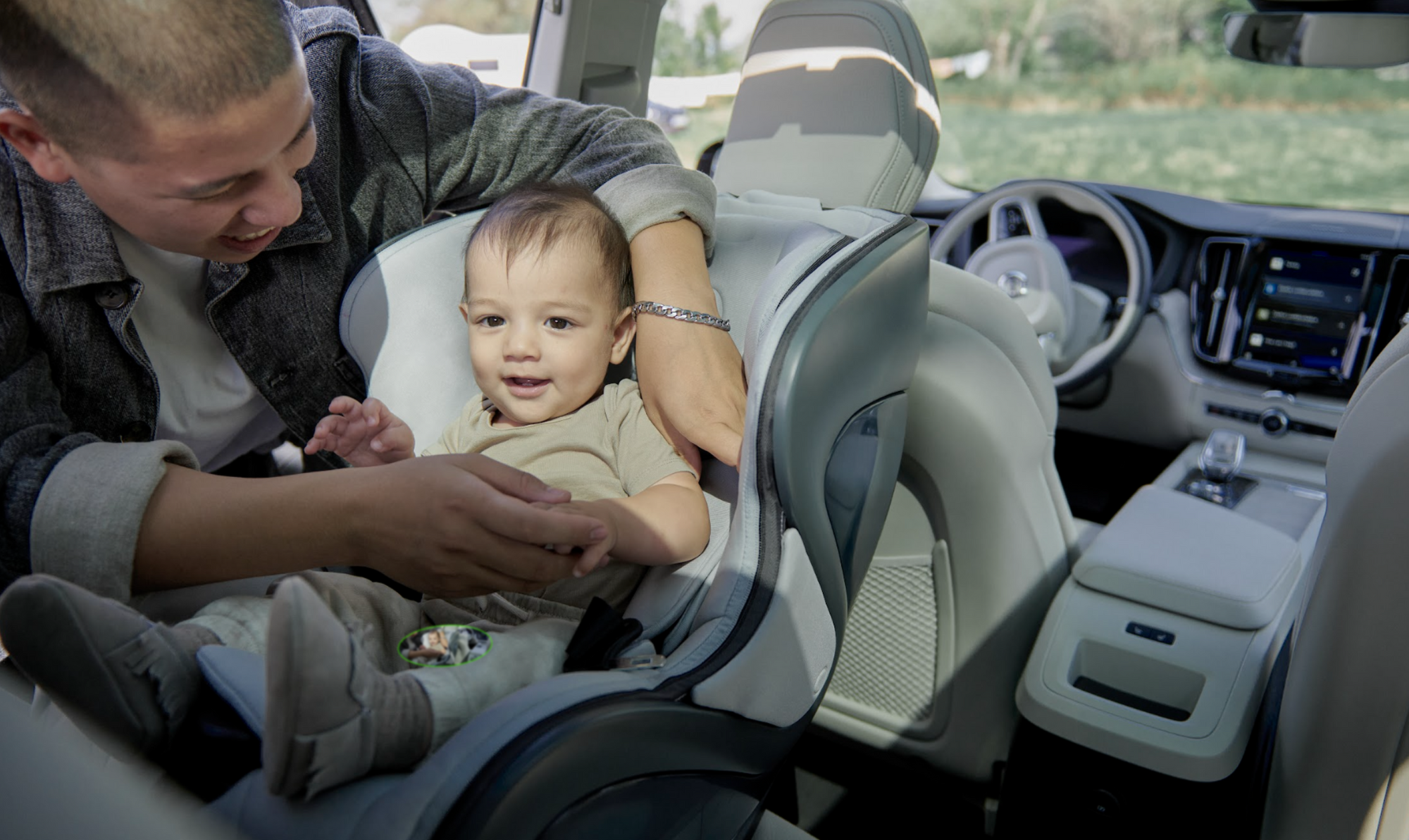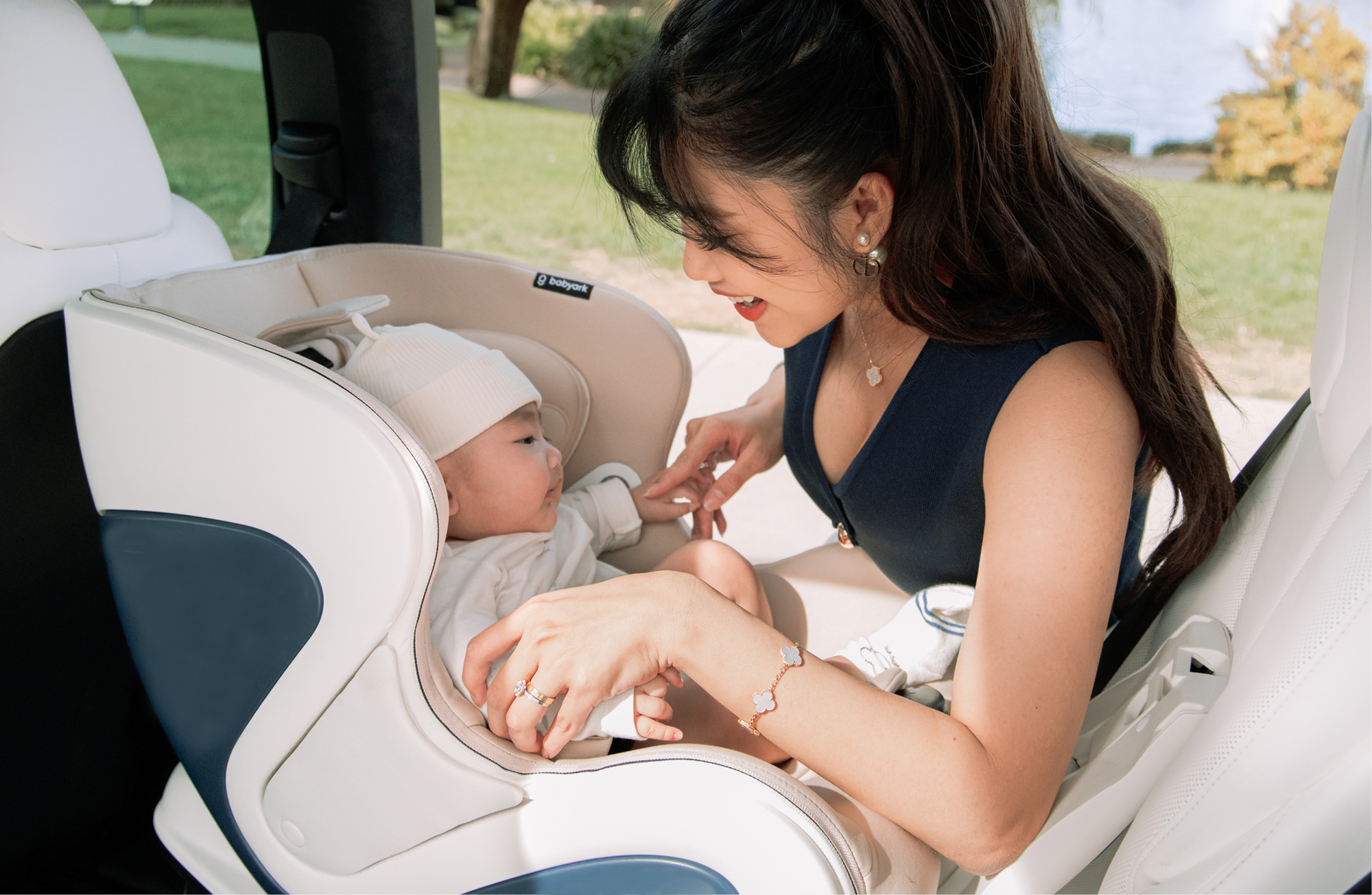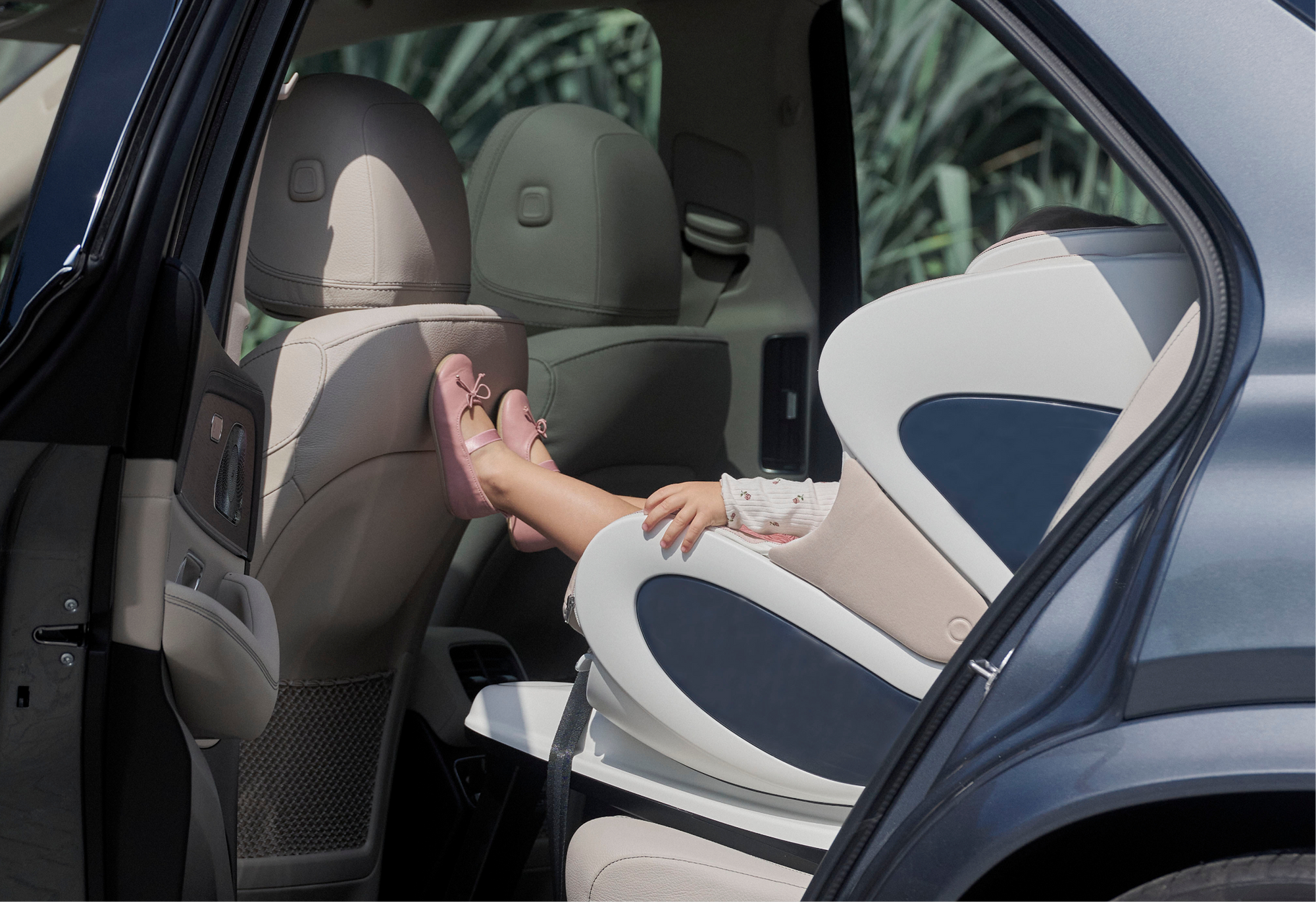Selecting a car seat with the right fit for our children is complicated, we know. And when it comes to safety features, there is a menu of components we often accentuate, and many we seek without a clear explanation as to why, as if it’s something to take for granted.
We parents often mark on the checklist whether a car seat has a 5-point harness but don’t always understand the critical nature of these multiple points of the harness for children of all ages.
5-point harnesses prove their efficacy in crash testing data, but often the reasoning behind why this harness structure is ideal is unclear, even for parents who choose a convertible car seat with a 5-point harness.
Here we’ll get into the difference between 5 point vs. 3 point, the elements that compose a 5-point harness and why they are proven effective in protecting your child’s body in the event of a crash, how and when to adjust the height of your harness, and the babyark difference of pure convenience and confidence.
Why a 5-Point Harness?
5-point harness vs. 3-point harness: What’s the difference?
More isn’t always better - except when it is. In this case, five is definitely greater than three.
The three-point harness is more common in strollers or highchairs, and for older kids who need less structure and support (physically to sit, emotionally we could all still use some bolstering). The three-point harness clicks your child into the enclosure similar to how a car seatbelt functions or even a roller coaster restraint if you’re looking for a more adventurous example.
But for smaller bodies in moving vehicles where this is the main component that helps position them safely to help leverage crash protection? There are reasons the five-point harness is indeed the star.
A 5-point harness has two shoulder straps, two hip straps, and one between the legs, all connecting at a central buckle. This spreads crash forces across the strongest parts of the child's body (shoulders, hips, pelvis).
A 3-point harness has two shoulders and one buckle between the legs. For car seats and in case of a collision? It’s less supportive, less secure, and not suited for crash protection in a moving vehicle.
Car Seat Safety for Smaller Bodies
Children are not simply smaller adults, which is why car seats are built specifically for their body shape and size, and why a 5-point harness is designed to address child-specific safety and restraint. The 5-point harness offers better support for small children who are still developing head and neck control.
Children also don’t sit like adults, even if they haven’t yet started the “are we there yet?”s. They slouch, wiggle, and fidget. A 5-point harness is constructed to more effectively hold them snugly and comfortably, and can be adjusted to adapt to their growth.
Why a 5-Point Harness Car Seat is the Gold Standard
- Better restraint in a crash: Reduces movement and risk of ejection by anchoring both upper and lower body.
- Distributes crash forces safely: Across strong zones like the pelvis and shoulders.
- Helps prevent submarining: The extra points keep kids from sliding out or slumping forward.
- Designed for little bodies: Kids fidget. They slouch. The 5-point harness holds them in place while adapting to growth.
- Built for developing neck and spine support: Especially important for infants and toddlers.
5-Point Harness - the Height of Safety
When it comes to car seat safety, small details make a big difference.
One of the most common (and critical) mistakes? Harness height.
It’s not just a technicality. The harness position plays a major role in how well your child is protected in a crash.
Let’s break it down.
Harness Height: The “Right” Position
Even the best harness can’t do its job if it’s not positioned correctly.
Rear-facing:
Harness straps should be at or just below the shoulders.
Why? In a crash, the seat moves backward slightly. Straps below the shoulders help keep your child from sliding up or jackknifing.
Forward-facing:
Straps should be at or just above the shoulders.
Why? The seat moves forward in a crash, and higher straps help keep your child down and back, cradled by the seat’s shell.
Adjusting the 5-Point Harness Height — Without the Hassle
Many car seats require you to rethread the harness manually. babyark doesn’t.
With babyark, the harness height adjusts automatically with the headrest—no rethreading, no extra steps, no chance for user error.
Easy to use = used correctly = safer kiddo.
Signs It’s Time to Adjust
- Straps are digging in or slipping off
- Harness slots aren’t aligned with shoulders
- Your child had a growth spurt
- The seat feels too tight—or suddenly loose
- You switched from rear-facing to forward-facing
Pro tip: Do the pinch test. If you can pinch any slack at the shoulder around the collarbone, it’s too loose.
One Final (Five-Point) Takeaway
The 5-point harness is one of the most effective tools in child car seat safety. And when it’s adjusted to the right height? It becomes even more powerful.
